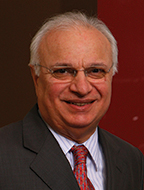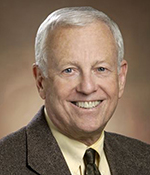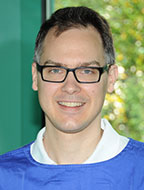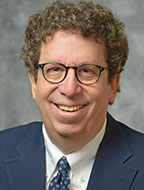Samy Mohamed Lemine, dadah
Nouakchott- Mauritania
It was my great pleasure to be accepted for a department visit at University Hospital Ulm in Germany.
I arrived there on Oct. 3, 2016. I started the next day in the neurology department. Prof. Kasubek, who is the vice head of department, introduced me and showed me around the neurological department.
For three weeks, I stayed in the emergency room. It was an opportunity for me to see how they receive patients and how they manage them. When the emergency room was empty, I had the opportunity to assist senior physicians in the stroke unit. I also spent time visiting hospitalized patients.
During my time there, I assisted in a thrombectomy procedure with a radiologist. It was a wonderful and interesting experience.
I spent my last week there in the neuro-inflammatory part of the neurology department. I discovered many things there, such as immunoadsorption, plasmapheresis, and immunoglobulin administration.
Every time a patient was examined by a German physician, I received a translation in English. I asked questions and received responses. My stay was enjoyable, and I was happy to discover another way to practice medicine.
At the end of my stay, I realized that there was great benefit for me to discover the German neurological model.
I thank the World Federation of Neurology and the Deutsch Neurological Association for having invited me to this department visit program in Germany. •
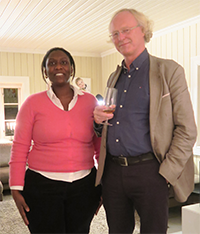
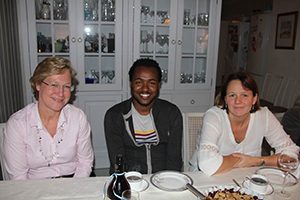
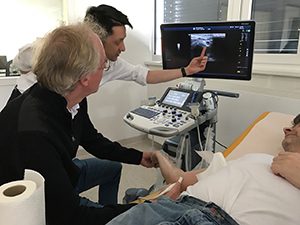
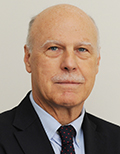
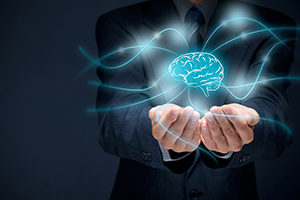 On Sept. 17, 2017, at the Annual General Meeting of the World Federation of Neurology Council of Delegates during the World Congress of Neurology in Kyoto, Japan, elections will be held for the following posts:
On Sept. 17, 2017, at the Annual General Meeting of the World Federation of Neurology Council of Delegates during the World Congress of Neurology in Kyoto, Japan, elections will be held for the following posts: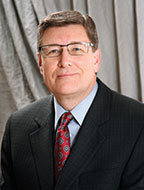
 Dr. Gilden, professor and former chair of the department of neurology at the University of Colorado School of Medicine, passed away Aug. 22 at age 78. He was the department’s longest-serving chair (1985-2009) and led the department into an era of prominence. He exemplified the fast-disappearing triple threat academic with his outstanding abilities in clinical neurology, education, and basic research. He was internationally renowned as a foremost expert in the biology and pathogenesis of varicella zoster virus (VZV). He was the first to demonstrate that VZV DNA can be found in normal human sensory ganglia neurons, and described VZV-vasculopathy of brain. His most recent studies concentrated upon the association of VZV with giant cell (temporal) arteritis. He authored or co-authored 420 papers, many of which are now seminal articles in the field of neuro-virology and neurology. On a personal note, I owe him a great debt of gratitude since he offered me my first academic faculty position and helped guide my academic career. He was a tireless and gifted reviewer and contributor to the Journal of the Neurological Sciences.
Dr. Gilden, professor and former chair of the department of neurology at the University of Colorado School of Medicine, passed away Aug. 22 at age 78. He was the department’s longest-serving chair (1985-2009) and led the department into an era of prominence. He exemplified the fast-disappearing triple threat academic with his outstanding abilities in clinical neurology, education, and basic research. He was internationally renowned as a foremost expert in the biology and pathogenesis of varicella zoster virus (VZV). He was the first to demonstrate that VZV DNA can be found in normal human sensory ganglia neurons, and described VZV-vasculopathy of brain. His most recent studies concentrated upon the association of VZV with giant cell (temporal) arteritis. He authored or co-authored 420 papers, many of which are now seminal articles in the field of neuro-virology and neurology. On a personal note, I owe him a great debt of gratitude since he offered me my first academic faculty position and helped guide my academic career. He was a tireless and gifted reviewer and contributor to the Journal of the Neurological Sciences.